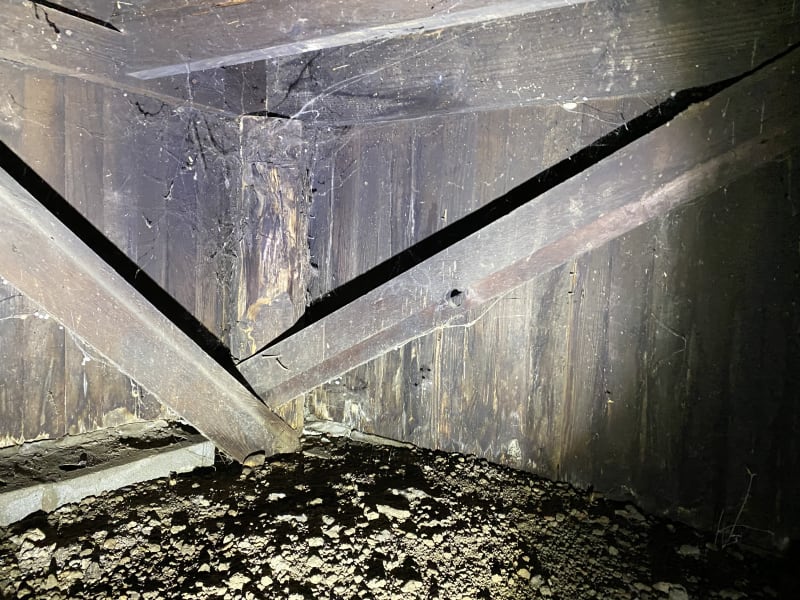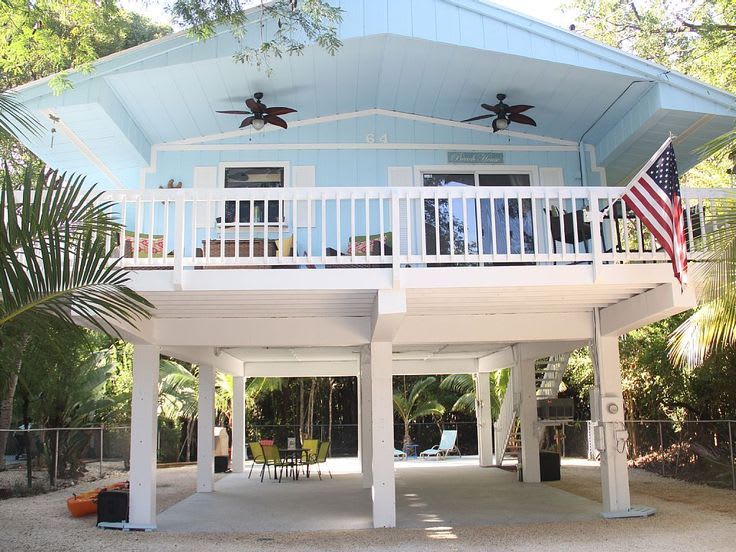333OnlyHalfEvil
Structural
- Mar 15, 2016
- 39
Hello everyone,
What does everyone think about foundations consisting entirely of isolated footings? They seem to be typical in rural areas. I've seen a lot of structures where the house itself is built like a giant wood box (with some intermediate walls throughout separating the box into rooms), then the entire wood box is supported by isolated footings arranged in a grid pattern. I'm used to working in major cities where structures at least have spread footings around the perimeter of the structure. Do you think the grid of isolated footing foundation style commonly found in cheap rural communities is not to code or is it acceptable? How would you get the lateral forces to work out when the foundation is a grid of plain concrete blocks sitting on top of the ground (not even buried even a little)? What do you think about this sort of thing?
Thanks in advance for your time/replies.
What does everyone think about foundations consisting entirely of isolated footings? They seem to be typical in rural areas. I've seen a lot of structures where the house itself is built like a giant wood box (with some intermediate walls throughout separating the box into rooms), then the entire wood box is supported by isolated footings arranged in a grid pattern. I'm used to working in major cities where structures at least have spread footings around the perimeter of the structure. Do you think the grid of isolated footing foundation style commonly found in cheap rural communities is not to code or is it acceptable? How would you get the lateral forces to work out when the foundation is a grid of plain concrete blocks sitting on top of the ground (not even buried even a little)? What do you think about this sort of thing?
Thanks in advance for your time/replies.


